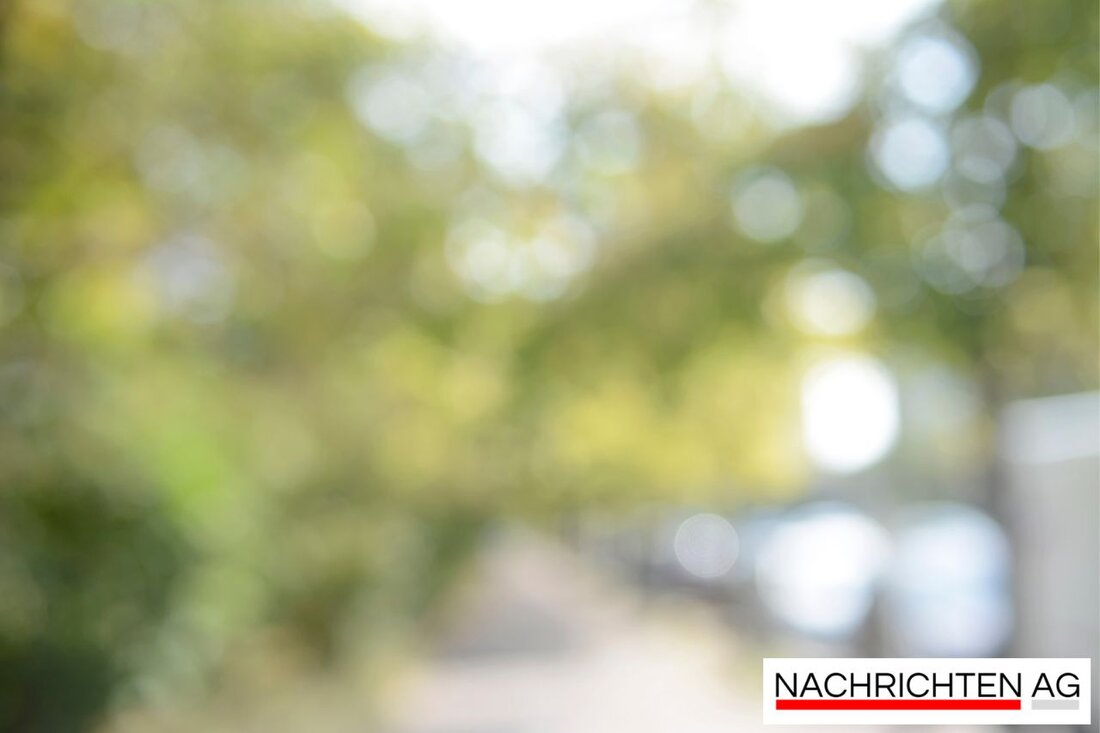Graffiti attack on Moritzburg: Who knows the perpetrators? 5000 euros damage!

Graffiti attack on Moritzburg: Who knows the perpetrators? 5000 euros damage!
The debate about graffiti is in full swing, and what happened in Moritzburg, a skill lighting on the challenges that communities are passed through in dealing with this form of vandalism. At the Dippelsdorfer Teich, more precisely at the red house, unknown perpetrators left 36 day, mainly the letter combination BPD. The importance of these signs remains unclear, but could indicate the borderline personality disorder. The property damage is considerable at around 5000 euros, and how Sächsische.de has reported a suggestion, To write out 2500 euros for information on the perpetrators, rejected.
With an increased volume of vandalism, the problem of graffiti is visible in many cities in Germany, not only in Moritzburg. According to Cicero.de there are hardly any graffital-loaded areas in countries such as New Zealand or Switzerland, while in Germany the spray cans of illegal artists are most in demand during the day. The country records a clearance rate of only 13 percent in cases of graffiti vandalism, and yet, according to the magazine, the conversation about graffiti is not easy: the mixing of art and vandalism often leads to a split opinion.
The views on graffiti diverge widely. Some see it as an expression of youth culture and a way for marginalized to make their hearing. Others stamp it as unwanted property damage. In a scientific discussion, graffiti is often seen as a cultural phenomenon that has both positive and negative effects on the urban environment. On the one hand, graffiti can upgrade rooms; On the other hand, it often creates a feeling of uncertainty among the population, such as das-wissen.de stated.
in Moritzburg, Mayor Hänisch plans to reject the facade of the Red House in autumn, while the smeared building has a popular destination for artists during the art summer. The municipal council Marcel Vetter also sees the population as responsible and demands active participation to combat vandalism. In order to sensitize the next generation of graffiti, the Moritzburg Kraftwerk even offers a graffiti course for children and adolescents.
Finally, the case in Moritzburg once again shows how complex the topic of graffiti is. It requires a balanced discussion about the limits of artistic freedom and the protection of property. On the one hand there are creative forms of expression, on the other concerns about security and cleanliness in public space. How will resident citizens and institutions find their balance? The lively discussion is far from over.
| Details | |
|---|---|
| Ort | Moritzburg, Deutschland |
| Quellen | |
